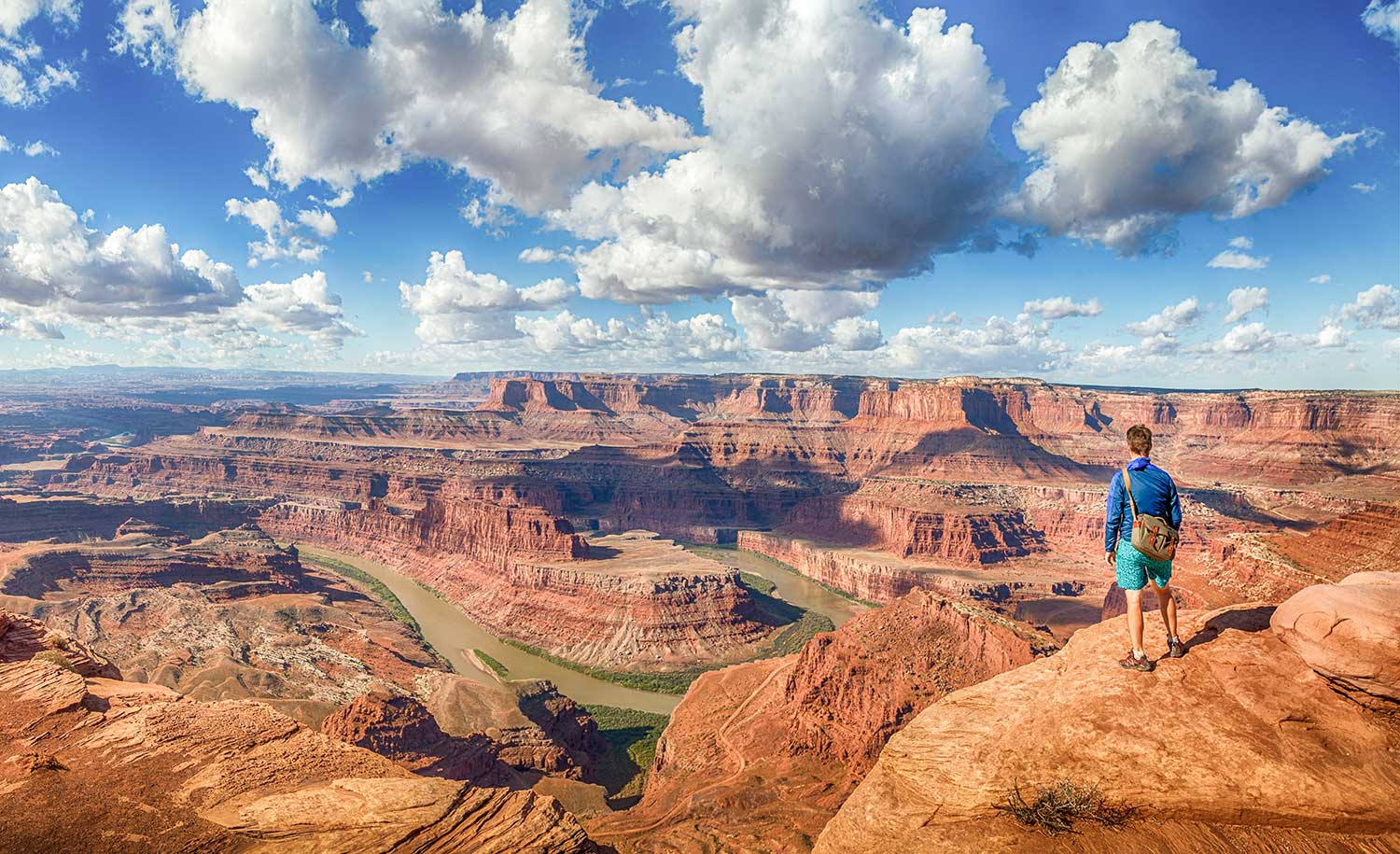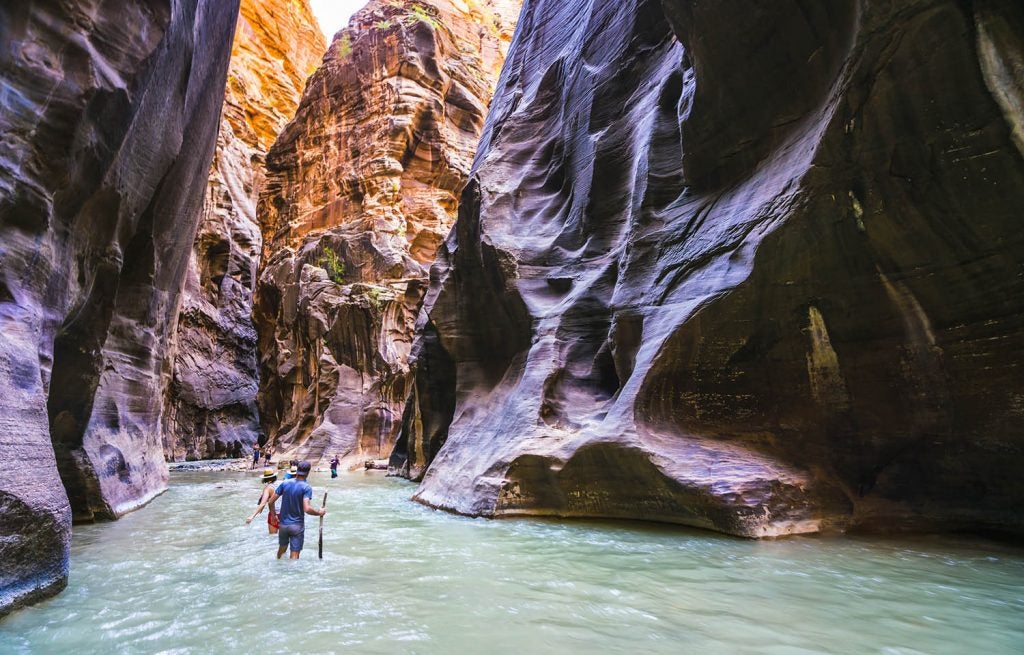Dead Horse Point is a picturesque state park outside Moab, 2,000 feet above the Colorado River. It sits on a peninsula above expansive views of Arches National Park, Canyonlands National Park, and the rugged La Sal mountains. With such impressive scenery, this park lures in desert rats year after year. If it looks familiar, that might be because Thelma and Louise ended their epic journey at Dead Horse Point’s cliff edge.
Camping at Dead Horse Point State Park
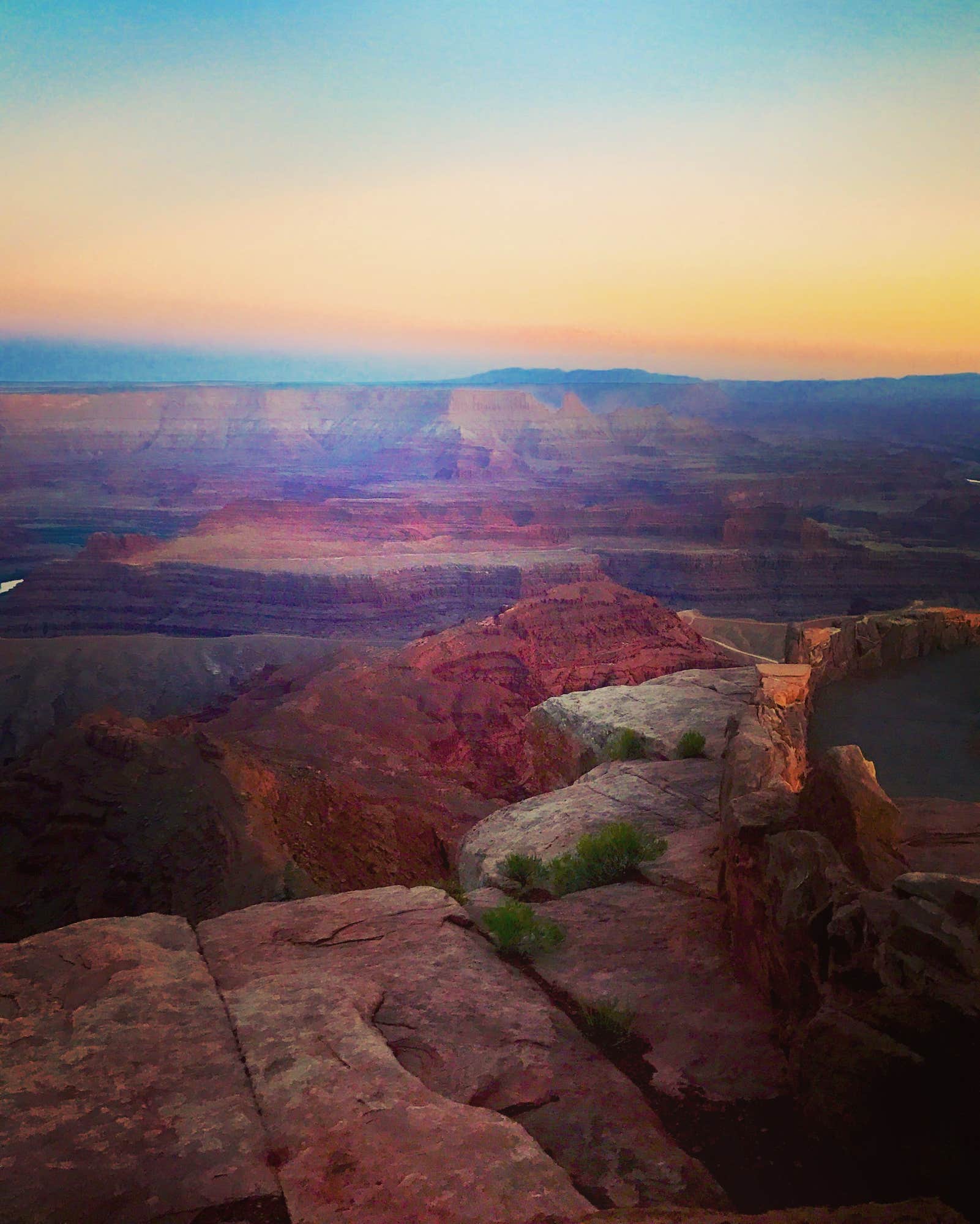
Image from The Dyrt camper Kim K.
Dead Horse Point has two campgrounds with campsites for tents and RVs. The Kayenta campground has 21 campsites, and the spanking-new (in 2018) Wingate campground features 31 campsites, 11 of which are hike-in. If glamping is your thing, you can rent a yurt in the Wingate campground. Overall, Dead Horse Point makes a case for being the ideal desert camping spot.
“Our campsite was private and had its own picnic table and shelter, which included a light and lockable cupboard for food and other items. Each campsite has a fire pit and grill, though we used neither due to the burning ban. The bathrooms were very clean. Kayenta has some spectacular views, especially at sunset. Overall, five stars from us!” – The Dyrt camper Gia R.
Camp Here7 Things You Should Know About Dead Horse Point State Park
We turned to The Dyrt campers who have been to Dead Horse Point State Park for the low down on this exquisite desert destination.
1. The views are unforgettable
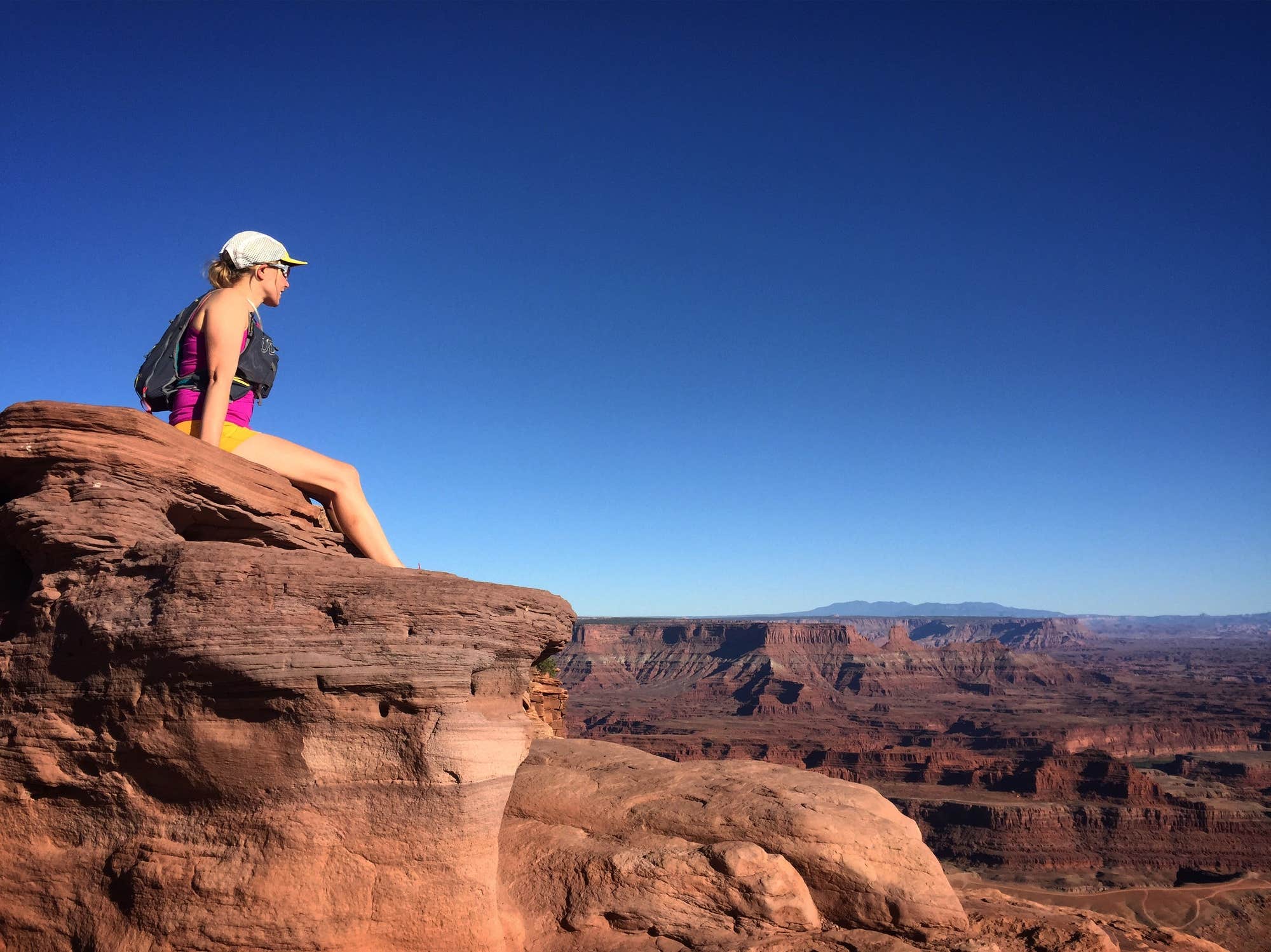
Image from The Dyrt camper Carly E.
The view from Dead Horse Point is one of the most photographed in the world. From the towering vista at the edge of the peninsula, you can see over a hundred miles out. You notice the intricate details in Canyonlands, the winding gooseneck of the Colorado River, the rugged beauty of the La Sal mountains, and the burgeoning city of Moab, Utah. Give yourself time to take it in and appreciate the immensity of it all.
2. You’ll want to stay up for star gazing
One of the best things about desert camping is the expansive night sky. After a big day of hiking and exploring, you might be tempted to crash just as the sun goes down — but try to stay up a little longer. Or set the alarm to crawl out of your tent in the middle of the night for the darkest of dark skies. You won’t regret it.
Clear nights at Dead Horse Point State Park are common, showcasing an endless display of stars, smeared across the black sky. The Milky Way pops like an oil painting on canvas. It’s a memorable experience that will keep you coming back to the beautiful, barren lands of the southwest.
3. You can camp next to two of the Mighty Five
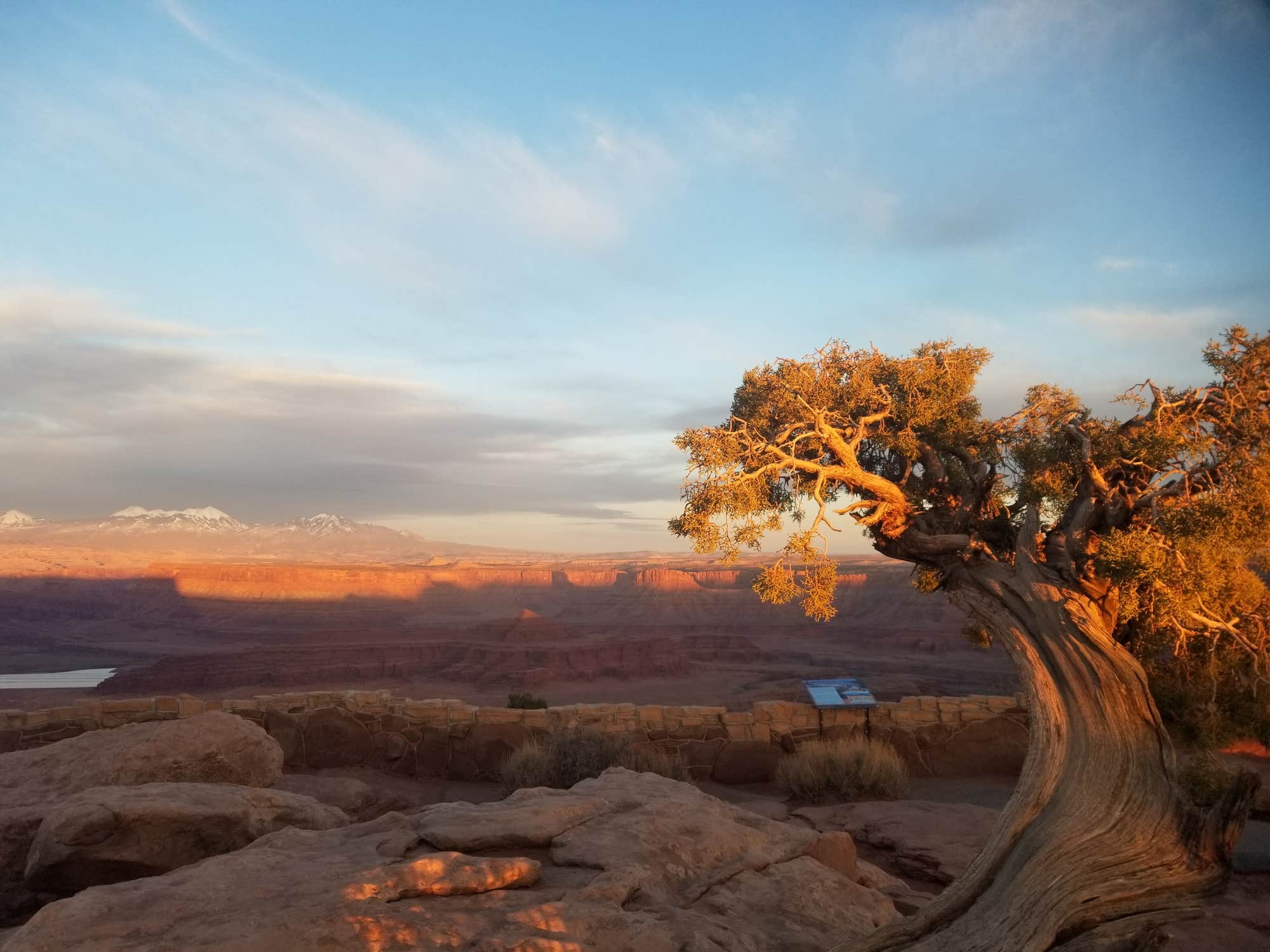
Image from The Dyrt camper Tammie R.
Dead Horse Point is typically a less-crowded camping option for visitors to the two adjacent national parks. It’s only 24 miles from Arches National Park and 12 miles from Canyonlands.
Arches offers just one campground that fills up pretty quickly. Canyonlands doesn’t fare much better with its two campgrounds, only one of which takes reservations. Many campers opt for Dead Horse Point because they’re more likely to get a campsite with amenities, shade, and better views. With that kind of access to the parks, who wants to fight for a spot when you don’t have to?
4. Have your camera ready for desert sunrises and sunsets
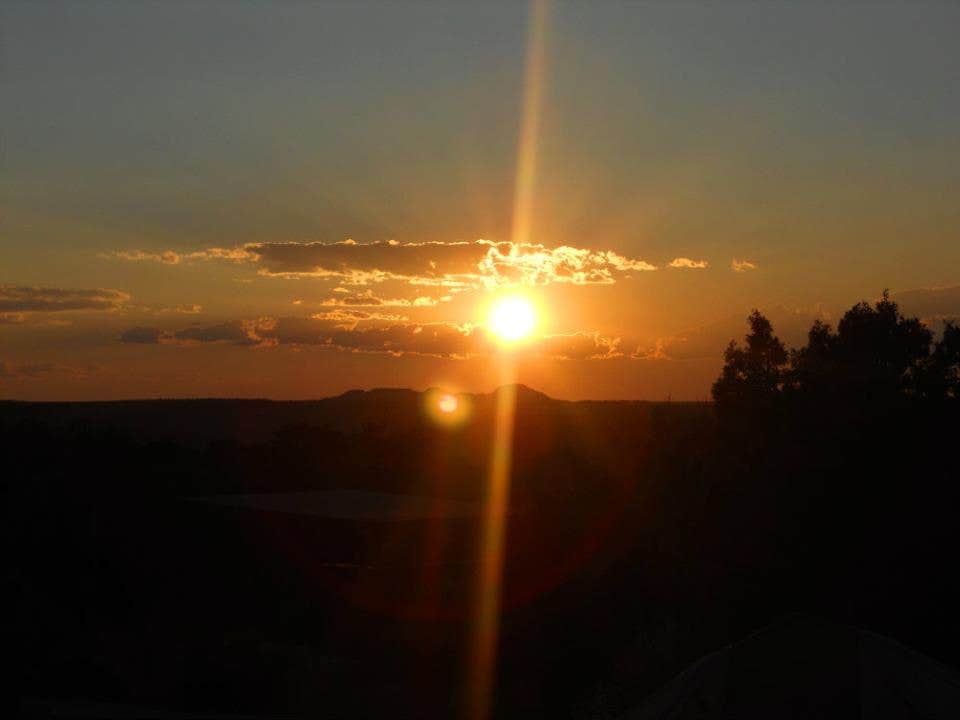
Image from The Dyrt camper Amy J.
The two best times of day are the moments the campsites are set ablaze with the pink and orange glow of the sun. Sunrises and sunsets are a favorite for campers. You can step outside your tent or trailer and begin or end your day in the comforting warmth of the life-giving sun. Desert sunrises and sunsets are so memorable because you can see the horizon’s edge, unobstructed.
“The views, sunrise, and sunset are amazing from the site or from just down the road at the overlook. On the first morning I was greeted with the bright glow of red when I stepped from our trailer, it was breathtaking.” — The Dyrt camper Bruce P.
5. Bring your mountain bike

Dead Horse Point is popular for mountain bikers who enjoy the Intrepid Trail System — perfect for intermediate riders to climb and cruise around on slick rock and single track. Multiple outfitters in Moab rent bikes and offer mountain biking tours. Some experience is recommended.
“This place is secluded, quiet, beautiful and connected to awesome mountain bike trails that sometimes rival the popular trails in Moab.” — The Dyrt camper Tammie R.
6. It stays cooler than the surrounding desert
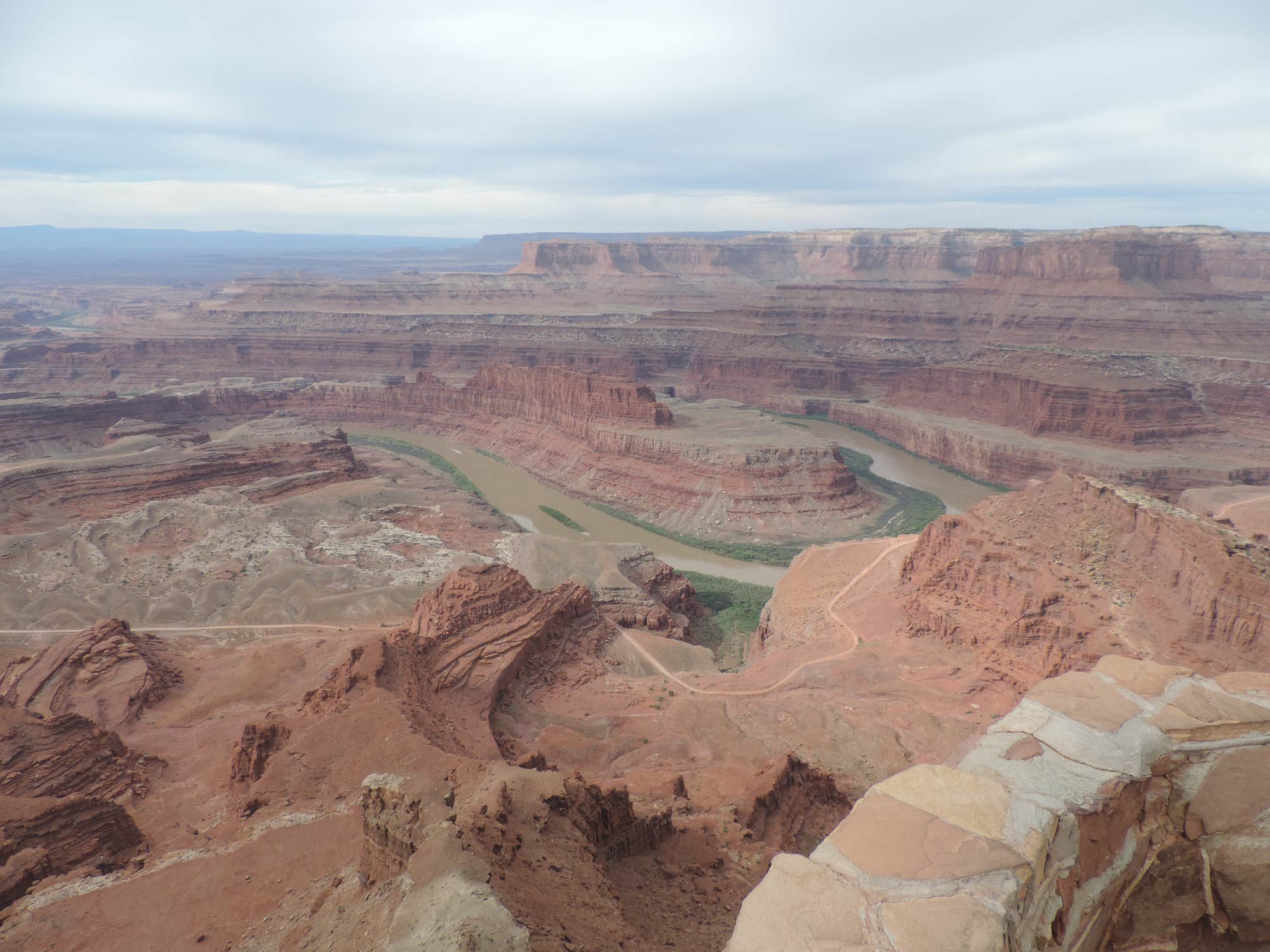
Image from The Dyrt camper Megan B.
The average temperatures at Dead Horse Point are about 10 degrees cooler than Moab, and five degrees cooler than Arches and Canyonlands. In the hot summer months, those five to ten degrees can make a big difference. The junipers surrounding the Kayenta campground provide ample shade for visitors, and both campgrounds come equipped with shade structures.
6. You can bring your four-legged companion
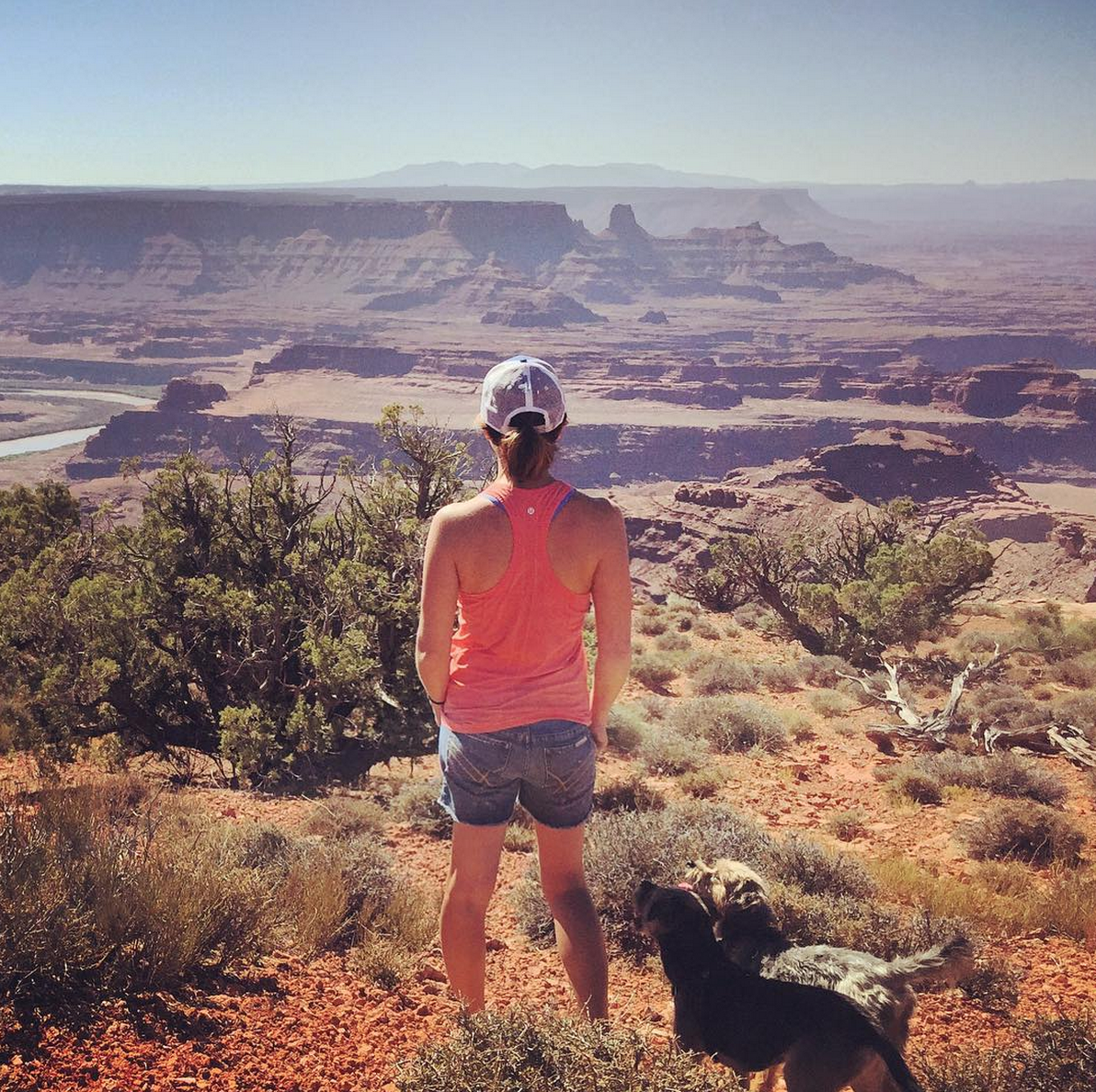
Image from The Dyrt camper Kayko S.
Utah’s national parks are unfortunately not very pet-friendly. If you’re bringing your pup to this part of the country, you’ll often have to resort to camping on BLM land where dog restrictions are scarce.
But Dead Horse Point state Park is dog-friendly, so your furry friends can enjoy the desert paradise by your side. Just be sure to keep a close eye on your little buddy, so they don’t go chasing critters. And since there’s a shortage of water in the desert, remember to pack extra for the dog.
7. Desert landscape is delicate — stay on the path
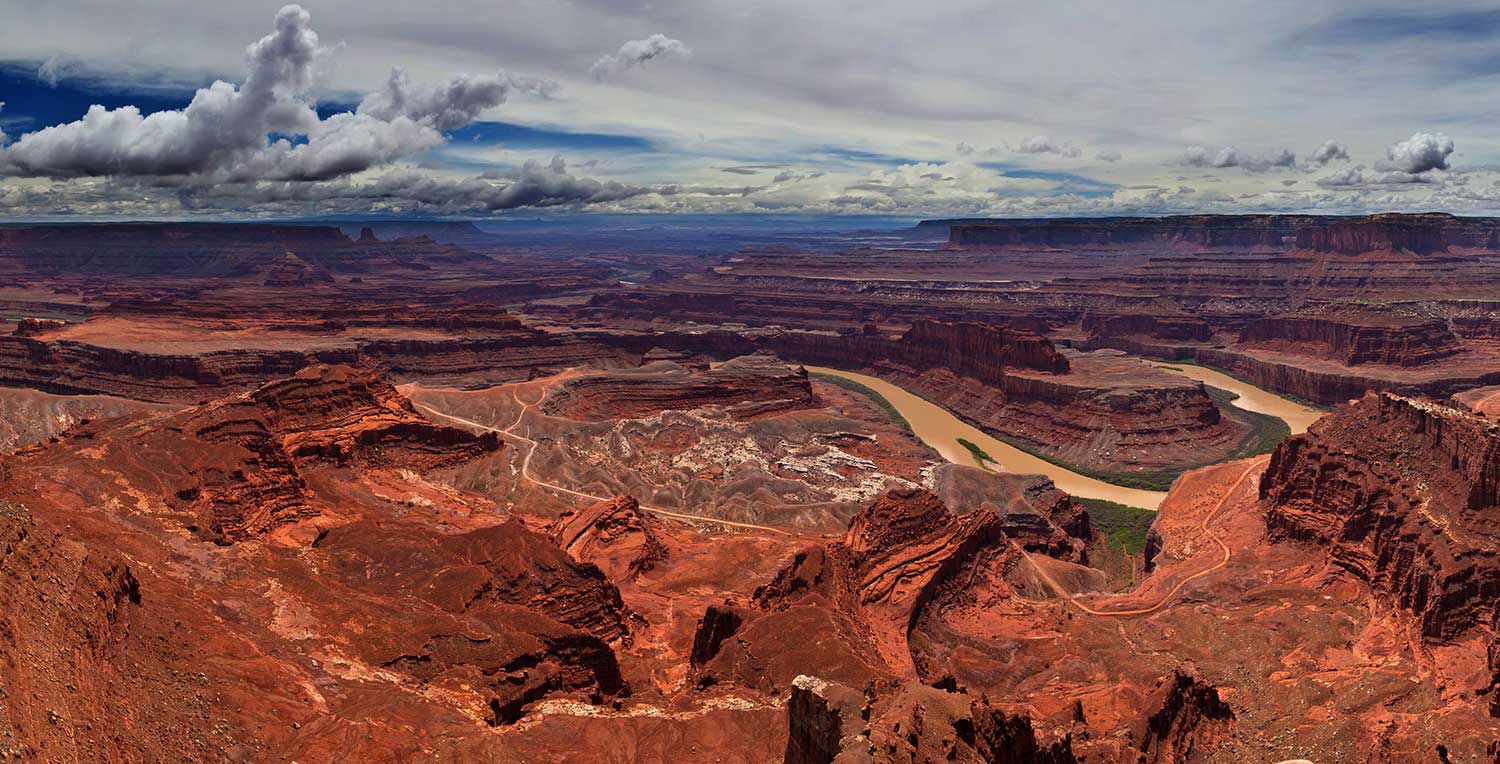
The desert here has a wild, untouched feel, even when the campgrounds are full. But this landscape is delicate; plateaus, buttes, and canyon shaped by the elements over millions of years. Leave it to the wind and the rain to keep shaping this stunning place and remember to not leave a trace as you pass through. Stick to trails and stop by the visitor center for valuable information about the landscape and history of the surrounding area.
“The visitor center is just a few hundred yards back down the road and worth spending an hour or so, reading about the area, preservation work, and history. As with all the national parks, they have a gift shop where you can get all types of things for your adventure including walking sticks, bandanas, water bottles, hats, patches, maps, books, and National Park Passports to name a few.” — The Dyrt camper Bruce P.

